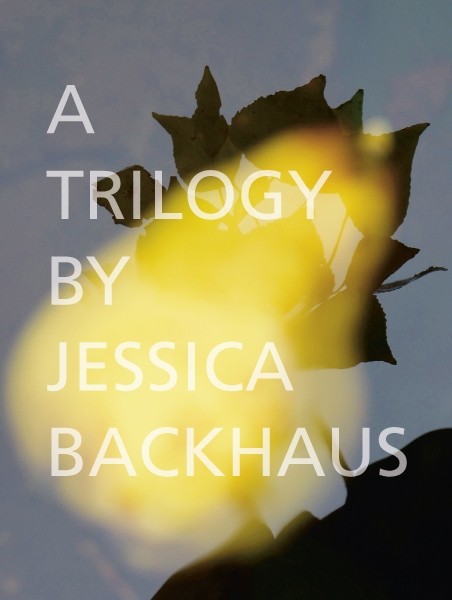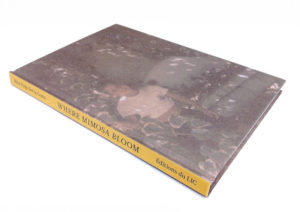What is the book about?  The artist’s new trilogy brings together three series of approximately 40 works each. The first series, Beyond Blue, is devoted completely to colourful threads, staged against coloured backgrounds. The viewer feels compelled to linger in this radical reduction, trying to unravel the entanglement of the seemingly unspectacular with the resulting aura of contemplation. In Shifting Clouds, Backhaus considers and documents this very transition – a reality that lies in between things. The second series shows fragments and visions that are poised on the verge of becoming, caught in limbo: reflections, chaotically appealing surfaces, shapes imaginatively metamorphosing, upbeat tones, intensely coloured sensations. In the third series, New Horizon, the artist presents free-flowing and persuasive poetic impressions. The compositions captivate with their variety and puzzle-like elements. Backhaus is breaking new ground in photography, incorporating components of mixed media, painting, and collage that expand and deepen these abstractions.
The artist’s new trilogy brings together three series of approximately 40 works each. The first series, Beyond Blue, is devoted completely to colourful threads, staged against coloured backgrounds. The viewer feels compelled to linger in this radical reduction, trying to unravel the entanglement of the seemingly unspectacular with the resulting aura of contemplation. In Shifting Clouds, Backhaus considers and documents this very transition – a reality that lies in between things. The second series shows fragments and visions that are poised on the verge of becoming, caught in limbo: reflections, chaotically appealing surfaces, shapes imaginatively metamorphosing, upbeat tones, intensely coloured sensations. In the third series, New Horizon, the artist presents free-flowing and persuasive poetic impressions. The compositions captivate with their variety and puzzle-like elements. Backhaus is breaking new ground in photography, incorporating components of mixed media, painting, and collage that expand and deepen these abstractions. Who is Jessica Backhaus?
Who is Jessica Backhaus?
Jessica Backhaus was born in Cuxhaven, Germany in 1970 and grew up in an artistic family. At the age of sixteen, she moved to Paris, where she later studied photography and visual communications. Here she met Gisele Freund in 1992, who became her mentor. In 1995 her passion for photography drew her to New York, where she assisted photographers, pursued her own projects and lived until 2009. Jessica Backhaus is regarded as one of the most distinguished voices in contemporary photography in Germany today. Her work has been shown in numerous solo and group exhibitions, including the National Portrait Gallery, London, and the Martin-Gropius-Bau, Berlin and the Kunsthalle in Erfurt. To date, she has eight publications to her name; Jesus and the Cherries, 2005, What Still Remains, 2008, One Day in November, 2008, I Wanted to See the World, 2010, ONE DAY- 10 photographers, 2010, Once, still and forever, 2012, Six degrees of freedom, 2015 and A TRILOGY, 2017, all published by Kehrer Verlag, Heidelberg, Berlin.Her work is also featured in the book: Women Photographers by Boris Friedewald (Prestel Verlag 2014 and 2018).
Her photographs are in many prominent art collections including Art Collection Deutsche Börse, Germany, ING Art Collection, Belgium, Collection of the Museum of Fine Arts, Houston, USA and the Margulies Collection, Miami, USA.
When making my book I would love to split it up into three sections reflecting the process of consumerism, using almost three different style of photography that link together to represent a common cause. What I loved most was how the pages in the book end to reveal text and carry on once the text finishes, producing a smooth an aesthetic look for the viewer.

 In this series of images, the entire process of collection is captured, from the volunteers cleaning and analysing the banks of the Thames to the sorting of items by categories – ceramic, glass, bone, leather, shells, organic, plastic and metal. Mark Dion instructed the volunteers to take a ‘scatter-gun’ approach to collecting: to collect anything and everything that caught their attention.
In this series of images, the entire process of collection is captured, from the volunteers cleaning and analysing the banks of the Thames to the sorting of items by categories – ceramic, glass, bone, leather, shells, organic, plastic and metal. Mark Dion instructed the volunteers to take a ‘scatter-gun’ approach to collecting: to collect anything and everything that caught their attention.
